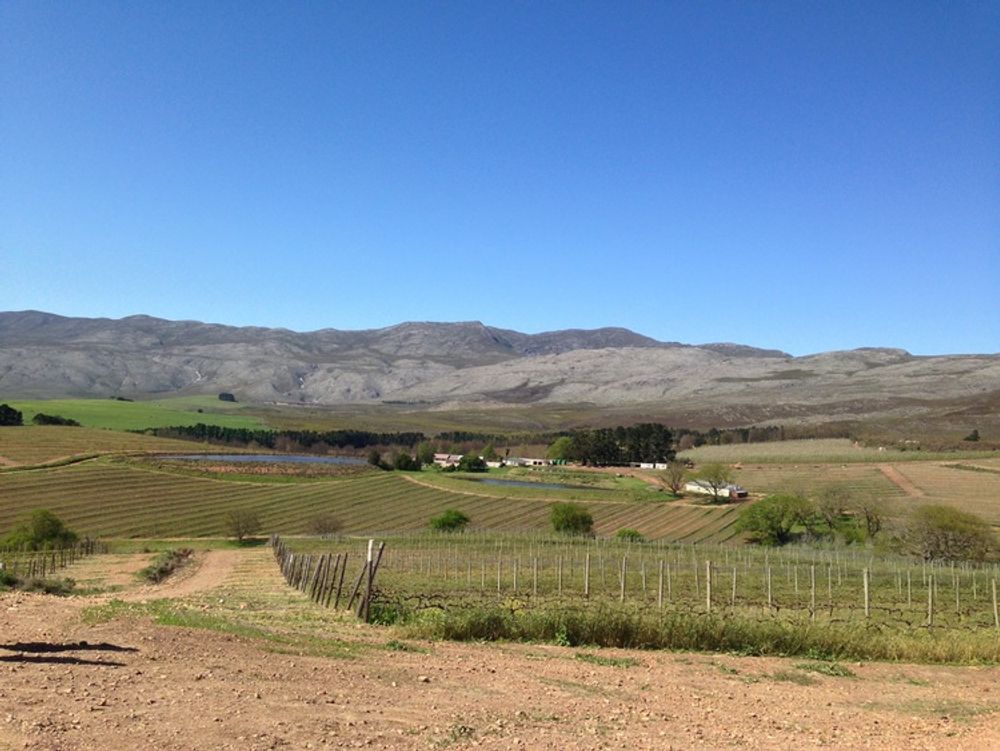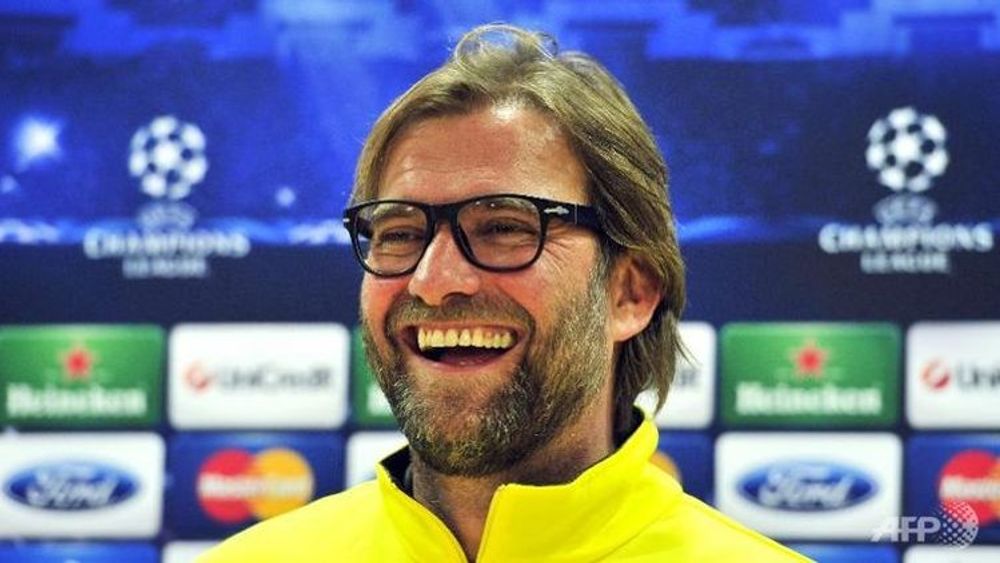Such levels of praise and commendation do not come readily from a well travelled, and largely sceptical wine trade.
But when you have Tim Atkin MW, one of the most critical of wine critics, publicly award you the “most exciting” tag then you really know you are on to something.
South Africa has reached such giddy heights on the back of a new generation of winemakers who have been willing to go out and embrace the history and know how of Old World classic regions like Rhône, Burgundy and Bordeaux.
In the past they were simply happy to mimic and try and copy those styles of wine in South Africa. They have now collectively understood how to take those influences and integrate them into a terroir and a climate that make South Africa such a unique place to make wine.
You only need to look at the rich flora and fauna, with hundreds of indigenous plants and flowers, to appreciate why South Africa is capable of making world-leading wines.

Blown away
Just how far South Africa has come in its winemaking credibility shines out loud and clear when talking to a group of British and American sommeliers who were visiting the country, some for the first time, at last month’s international Cape Wine exhibition.
They were simply bowled over by what they discovered, blowing away the perception that this was a country operating best at the entry level, bulk wine end of the market.
Instead they found wines that were no longer simply copying classical France but had the quality, and vitally price point, to actually take them on and, in some cases, beat them, said Canadian sommelier, William Predhomme,
“The market just has to wake up to what is happening in South Africa. It has the potential to replace Rhône and Bordeaux on some wine lists. The wines are that cutting edge and that awesome. It is the new frontier,” said Predhomme.
Closer to home Zack Charilaou, wine director at M Restaurants, the premium London steak restaurant that features a strong list of South African wines, was equally impressed.
“What I enjoyed most was their new found versatility. For example, Mulderbosch is producing some outstanding single lot Chenin Blancs. Cape Point is making some of the best Sauvignon Blanc I have tasted in the New World and Ken Forrester in Helderberg is creating red Rhône blends that would sit alongside some of the best French alternatives,” he said.
“One common denominator was they all looked at their terroir before deciding on their wines.”
Building market demand
But he stressed the country has to work a lot harder to build a loyal and reliable customer base.
“I think it is unlikely South African wine is really going to take off,” he argued. “Serious wine drinkers are most likely to entertain trying wines they normally wouldn’t, so South Africa’s direction towards more higher quality wines will certainly help them. However, how many people really drink wine at £30 plus retail?”
The most exciting aspect of South Africa, stressed James Tidwell of the Four Seasons hotel in Dallas, is what is going to come next. He was particularly encouraged to see new clones of vines being planted, which considering its recent track record, makes you only imagine what can be achieved in the future.
“South Africa,” he added, “has three unique things going for it: the place; the way it is making wine; and the personality and dynamism of the people.”
Equally the challenge for independent wine merchants is matching the clear quality in South African wine, with a big enough customer base in the UK to buy it.
John Chapman of the Oxford Wine Company and Nicholas Corke of Thos Peatling in Bury-St-Edmunds both agree that whilst there is no shortage of choice, particularly now in the juicy £10-£30 price bracket, it is not always easy finding customers willing to naturally experiment and trade up to South Africa.
If the international wine trade is only just waking up to what is going on in the Cape then what chance does the average wine drinker have? Or even the educated wine consumer who has been fed the long standing story that the Old World is best for quality, reliability and until recently, value.
There are many merchants and winemakers in South Africa who would argue South Africa is closest to bridging the gap between the Old and New Worlds.
The challenge for both parties is helping the wine consumer cross that bridge. Other than the mass market, promotionally driven brands like Kumala and Cape Wine, South Africa lacks those big mainstream premium brands, like Villa Maria in New Zealand or Wolf Blass in Australia, to help make that journey.
Klopp-ability

South Africa is enjoying the sort of buzz and excitement that Liverpool’s Jurgen Klopp is famous for
But what it does have, if you can excuse the football parlance of the day, is “Klopp-ability”. It has personality and inspiration in spades.
South African winemakers don’t stand emotionless behind tasting tables talking endlessly about malolactic fermentation.
Arguably South Africa’s troubled history is now playing its part in creating a positive, exciting and an inspiring future.
Its new generation of winemakers are looking to make their own history, based on their own identity and that sense of purpose is not only infectious but can now be seen in so many of its wines.
This is a generation of winemakers not held back by their past.
Johan Kruger, winemaker at Sterhius, up in the eye popping Bottlelary mountains of Stellenbosch, who is just being taken on by Naked Wines for his stunning Chardonnay Barrel Selection wine, says it is what South Africa can do in the future that is just as exciting as the steps it has taken in the last few years.
In it together
They are also all in it together. When they are not on their own making wine, they are out together surfing, mountain bike riding, playing cricket, rugby or happy hanging out talking wine with a beer over a braii.
It is that level of friendship and collaboration that really gives South Africa an edge on its competition. Unlike Australia, for example, most of the main wine regions are all close by and new ways of working and making wine travel fast.
It is what Alex Starey at Keermont, one of the stars of South Africa’s new generation of winemakers, enjoys most about being part of this exciting time. “I can just call up any other winemaker and ask them how they made their wines, down to the exact clone they have used. I love the fact we can do that in our industry,” he said.
Making wine is just part of their passion for life and excitement for making a difference in their lives. And you don’t need a bushy beard and ponytail to join in.
They are equally importantly re-enthusing the winemakers who helped put South Africa on the global wine map in the first place.
So if you have yet to plug in to the energy force driving South African wine then pitch up with a surfboard, a six pack of beer and come and join the party.
* This is an extended version of the article I wrote for the Guardian’s wine critic, Fiona Beckett, and her award-winning Matching Food & Wine website. Please go to her site to see my round-up of wines to try including Creation, Catherine Marshall, Newton Johnson Family Vineyards, Keermont, Kleinood and Patastontein.
* This is an extended version of the article I wrote for the Guardian’s wine critic, Fiona Beckett, and her awards winning Matching Food & Wine site to see my round-up of wines to try including Creation, Catherine Marshall, Newton Johnson Family Vineyards, Keermont, Kleinood and Patastontein made by Reneen Borman of Boschkloof wines.
































